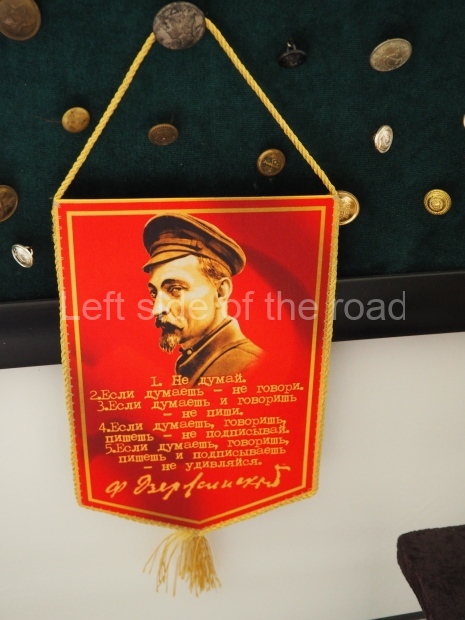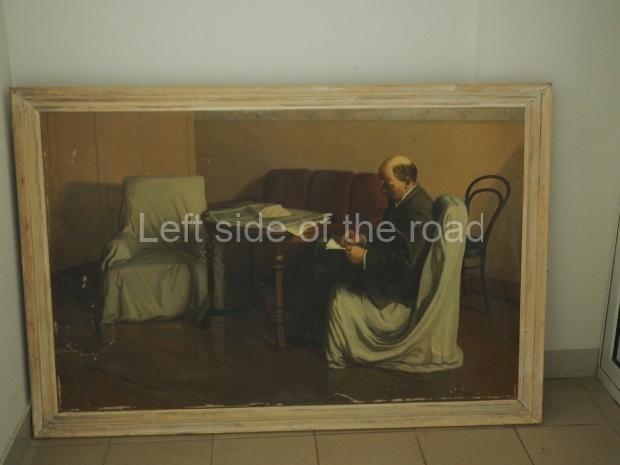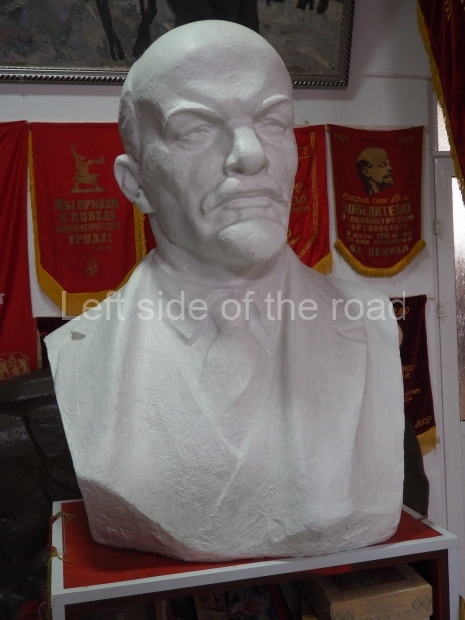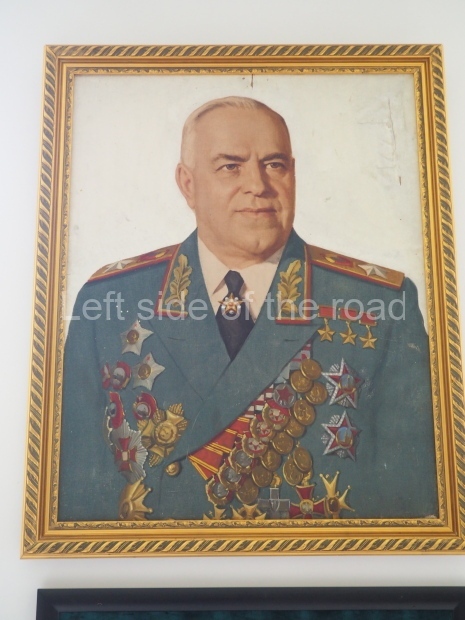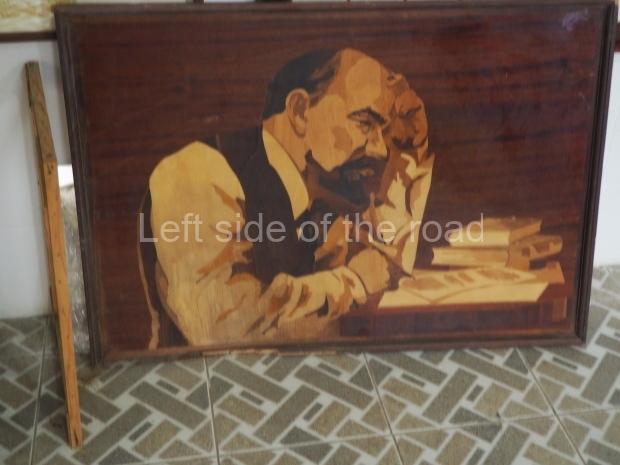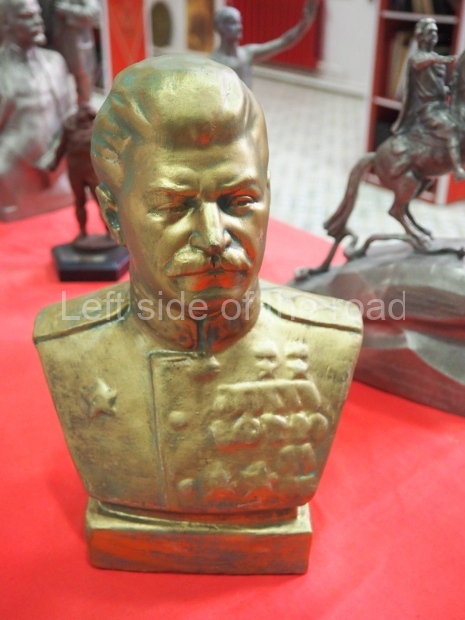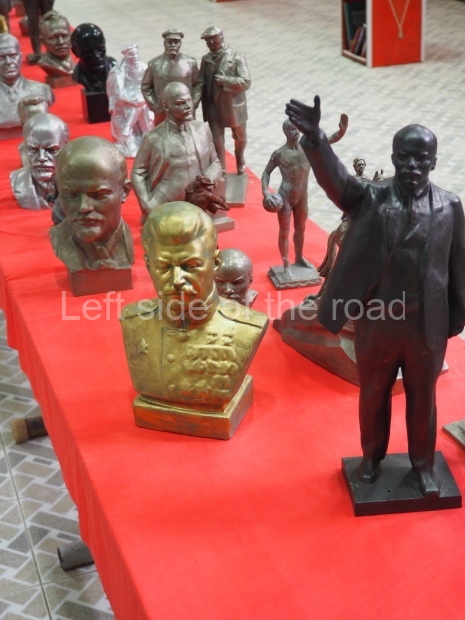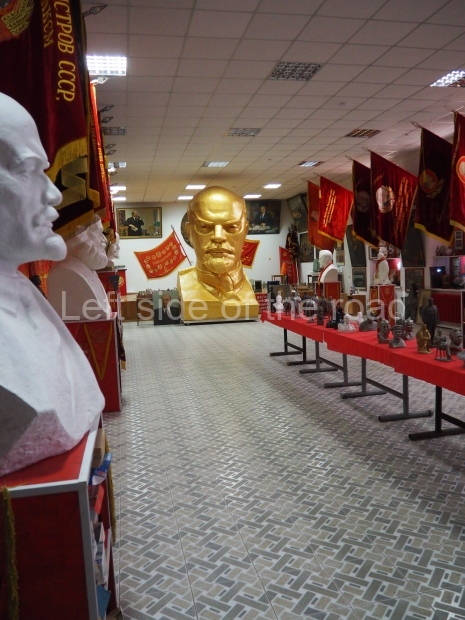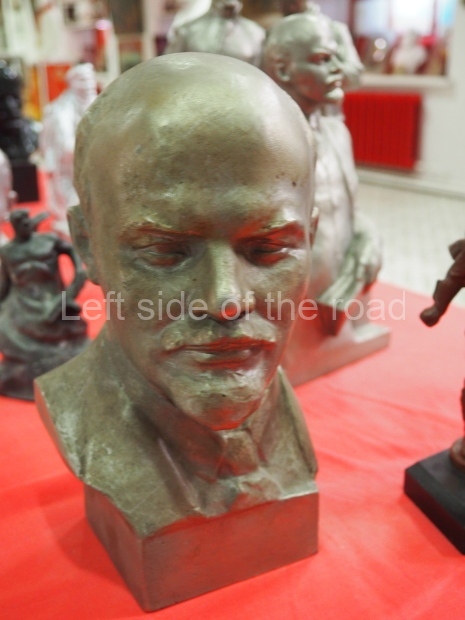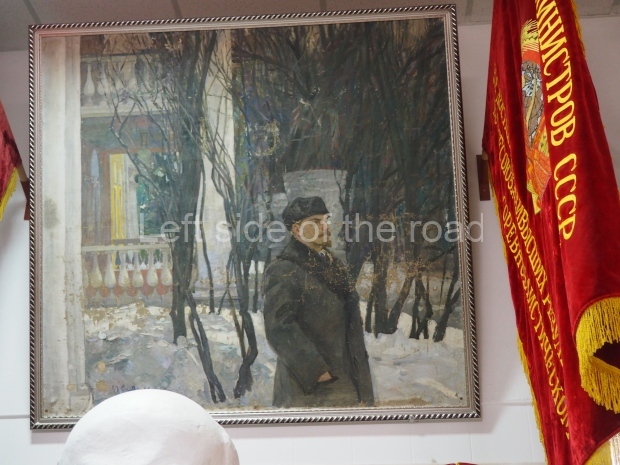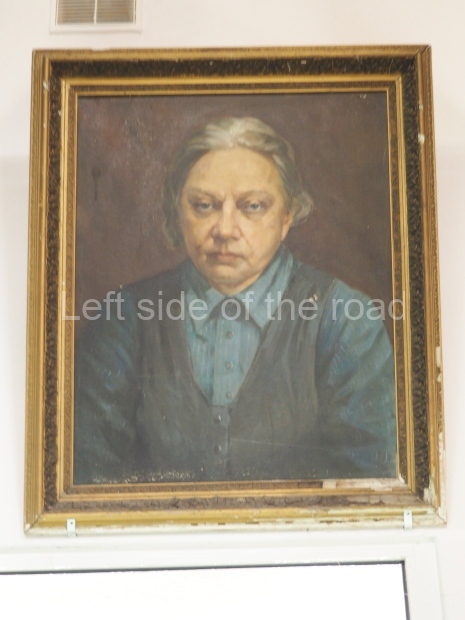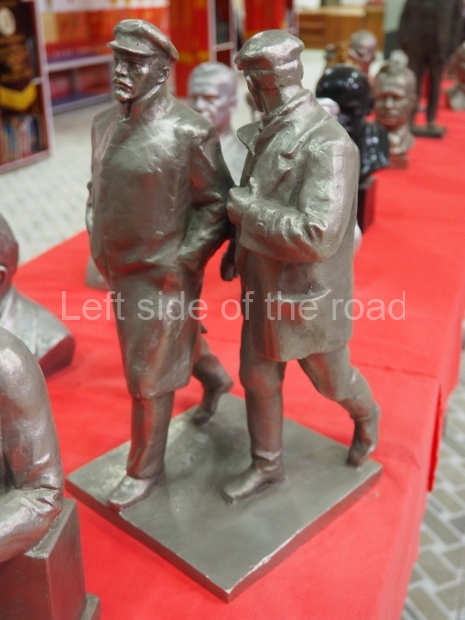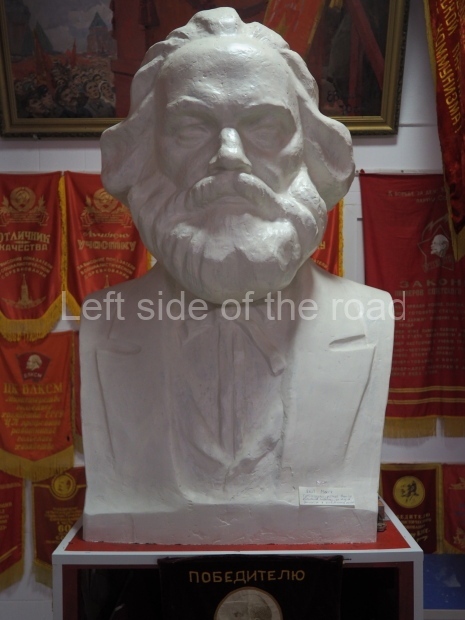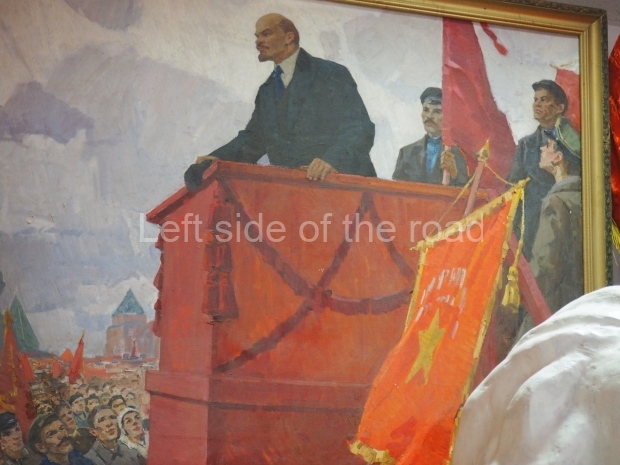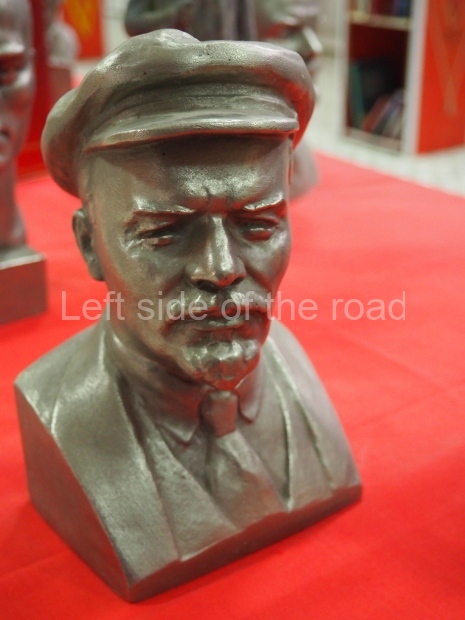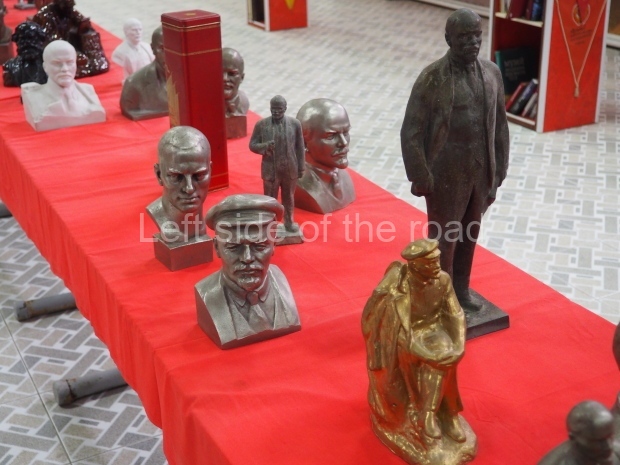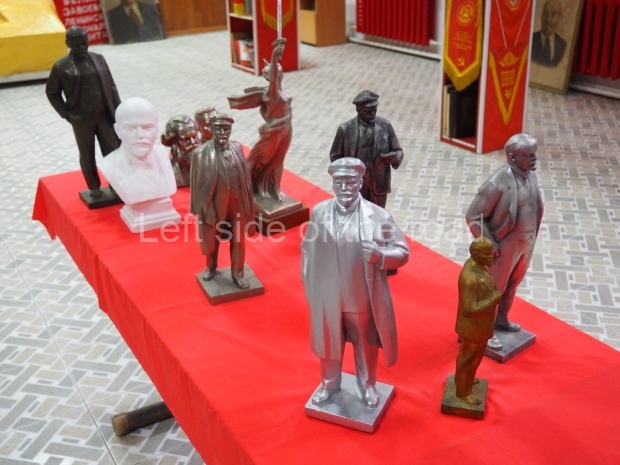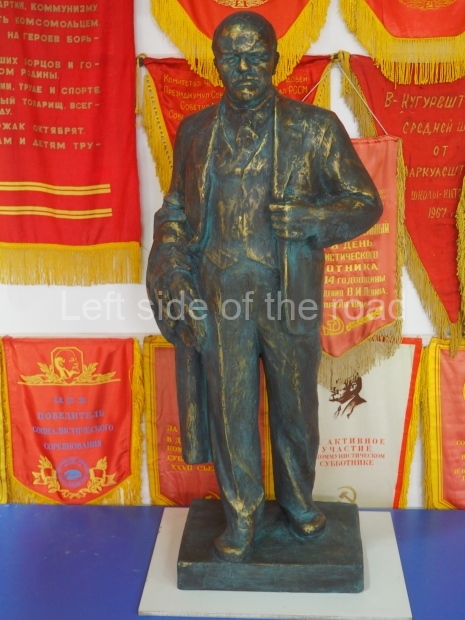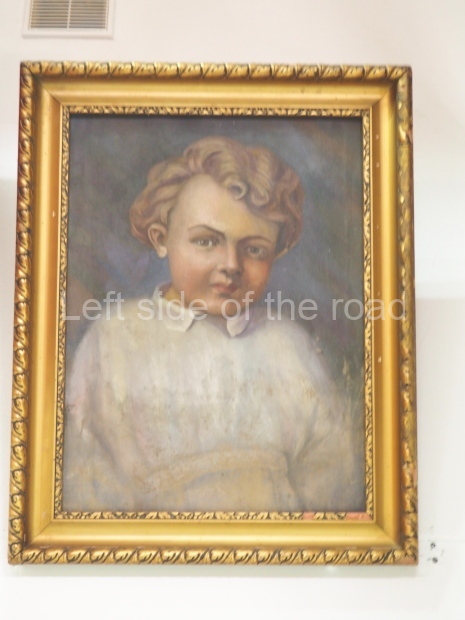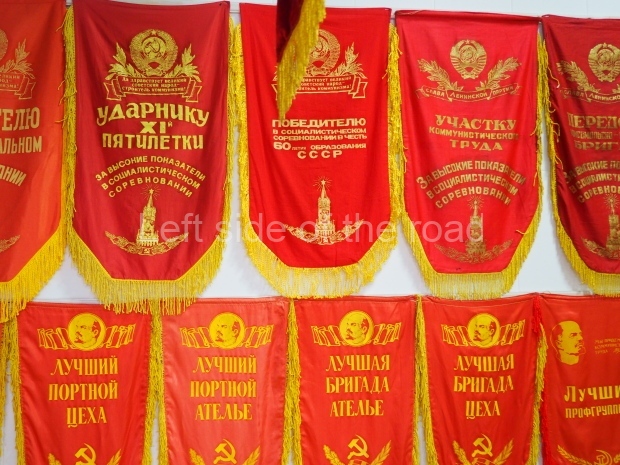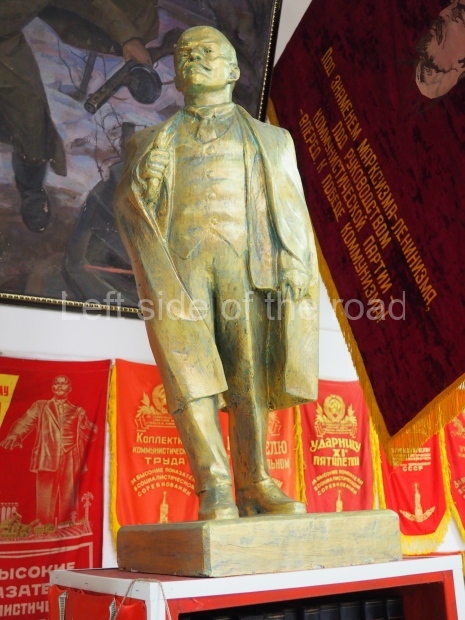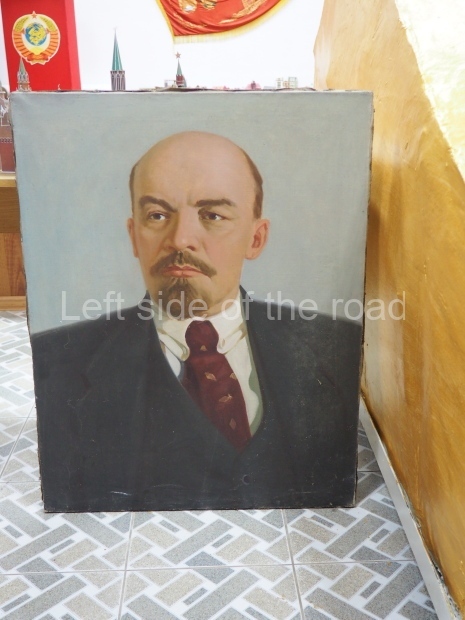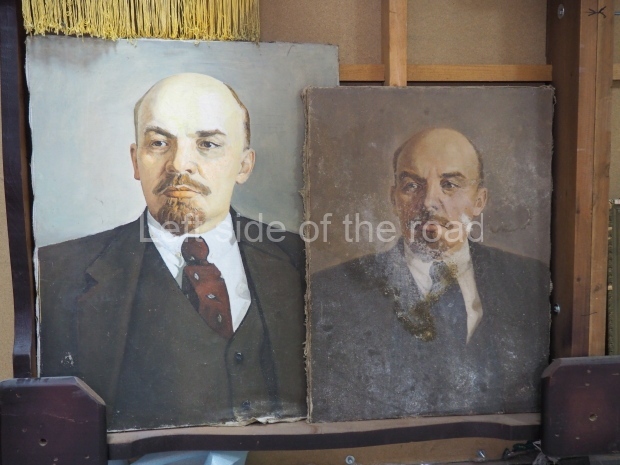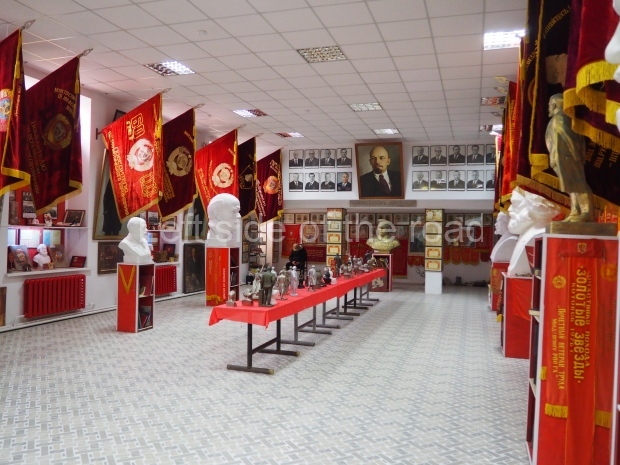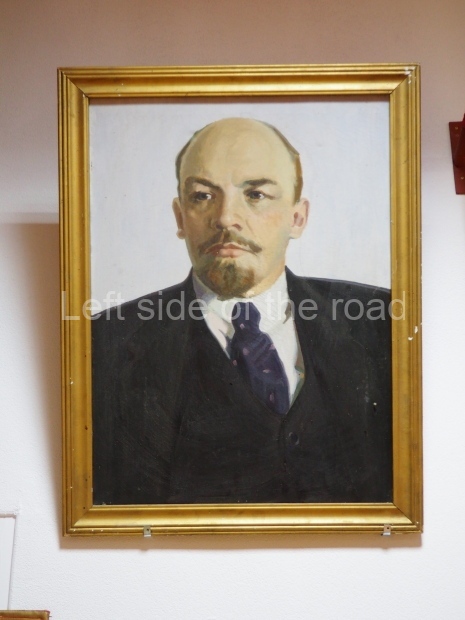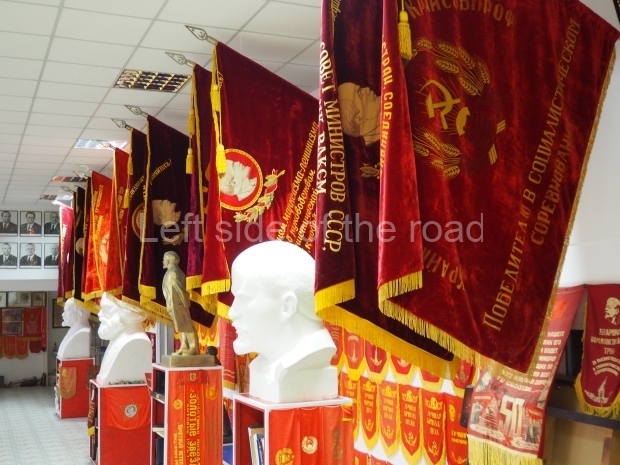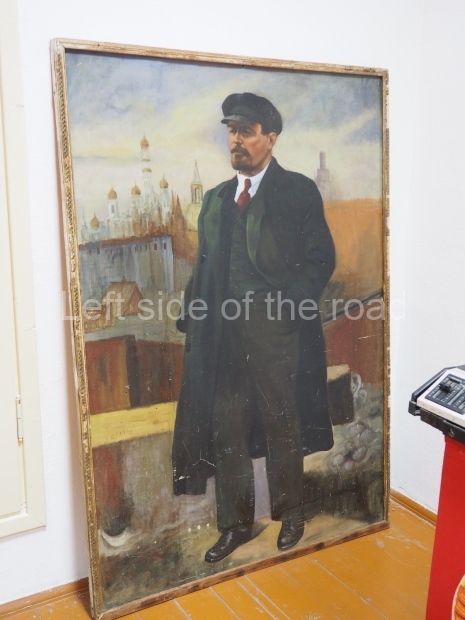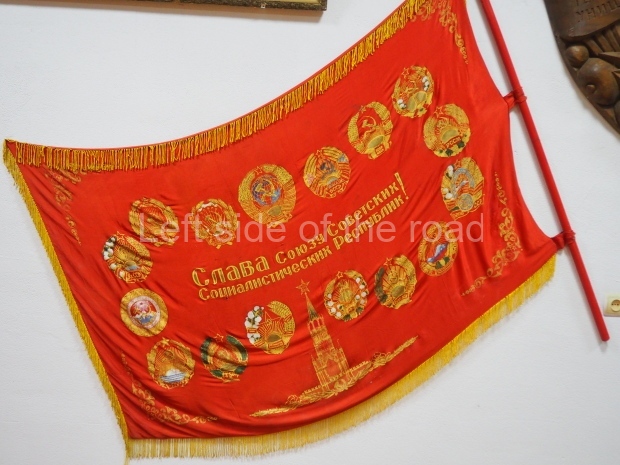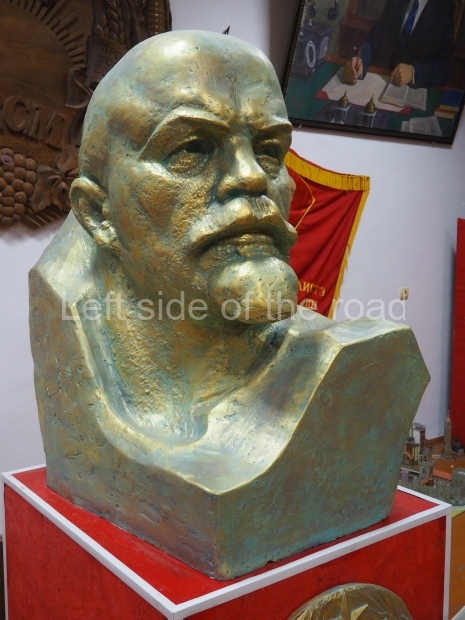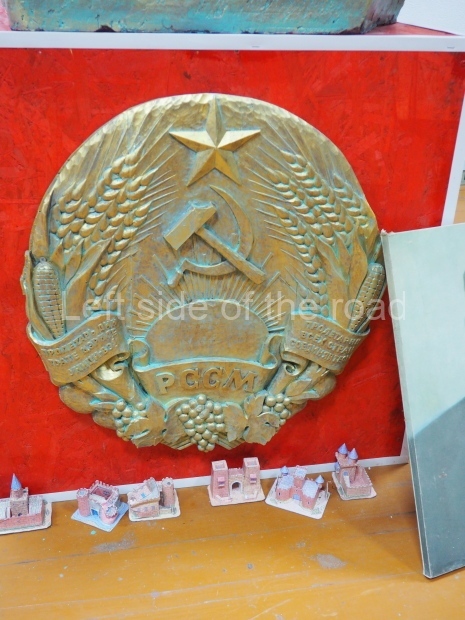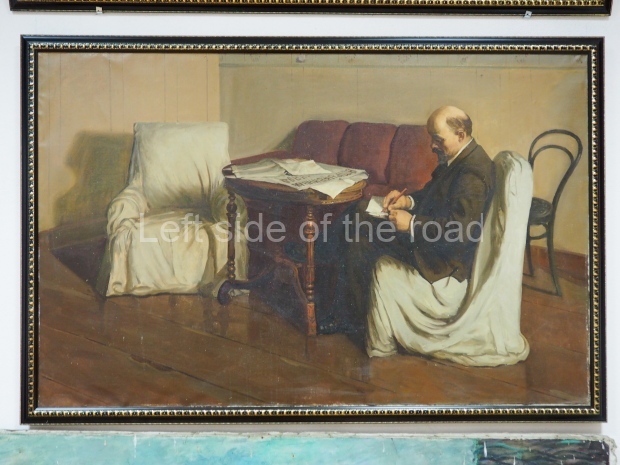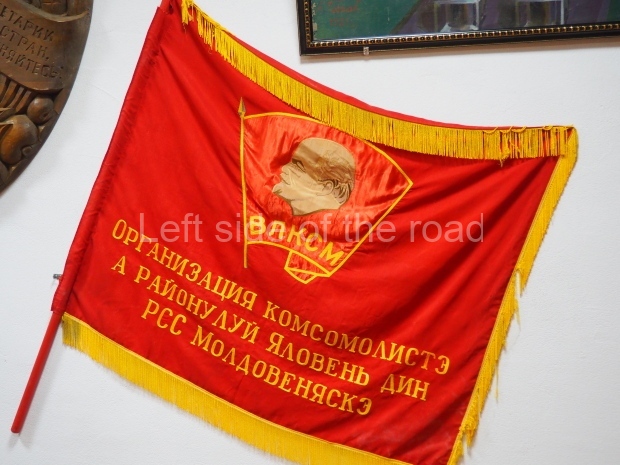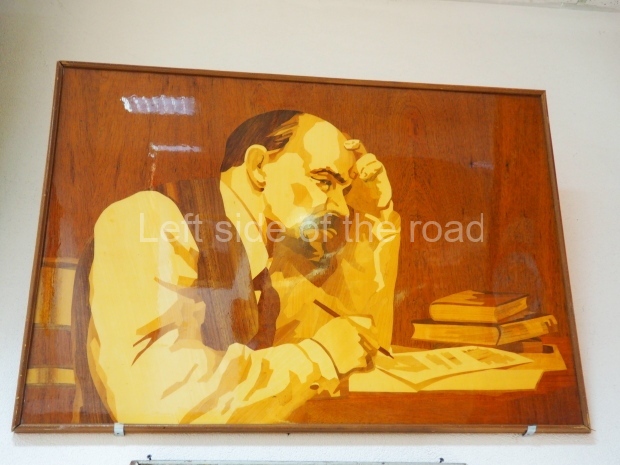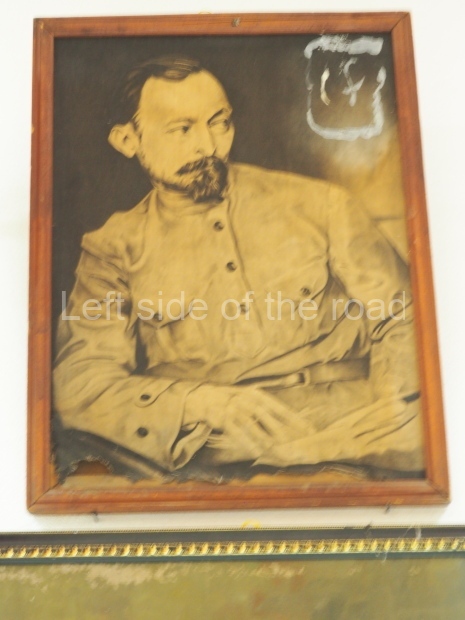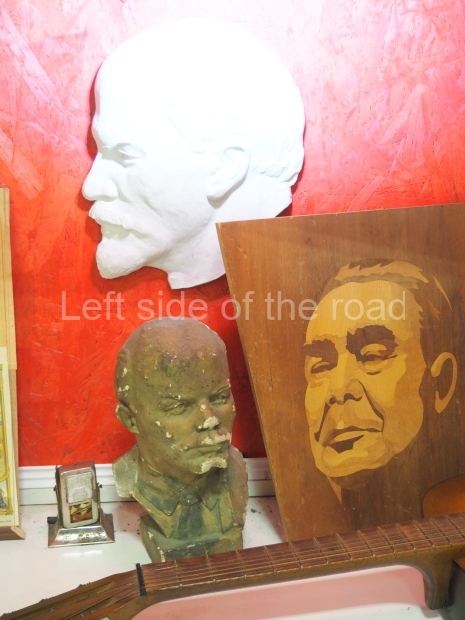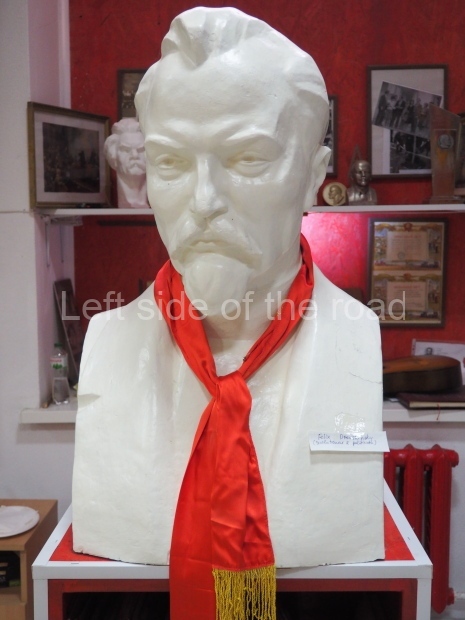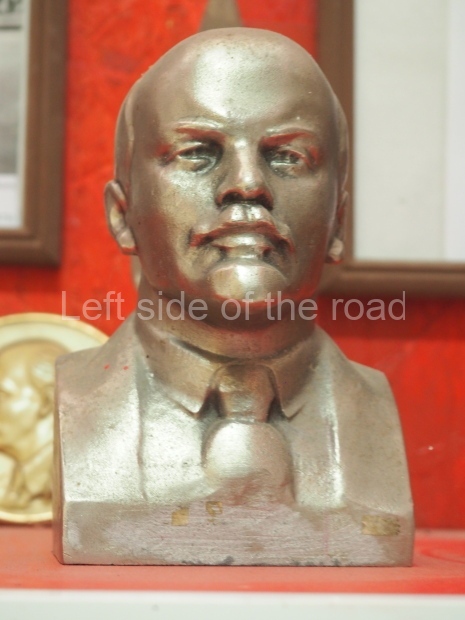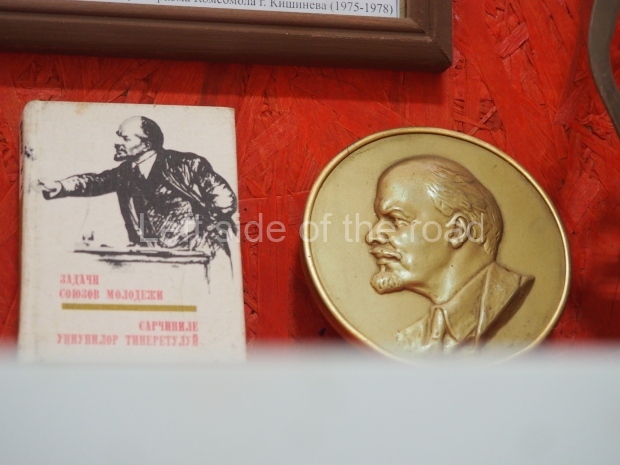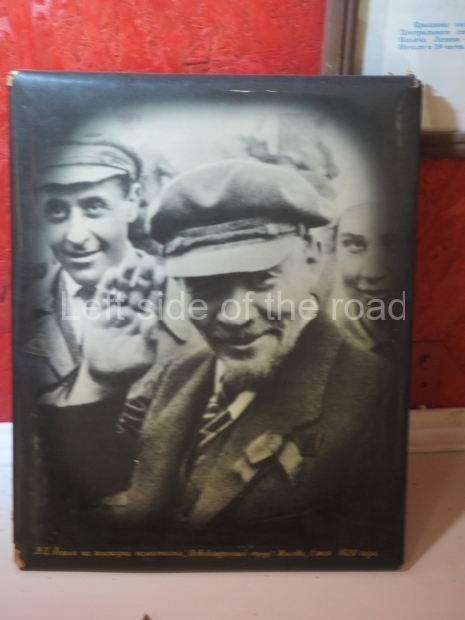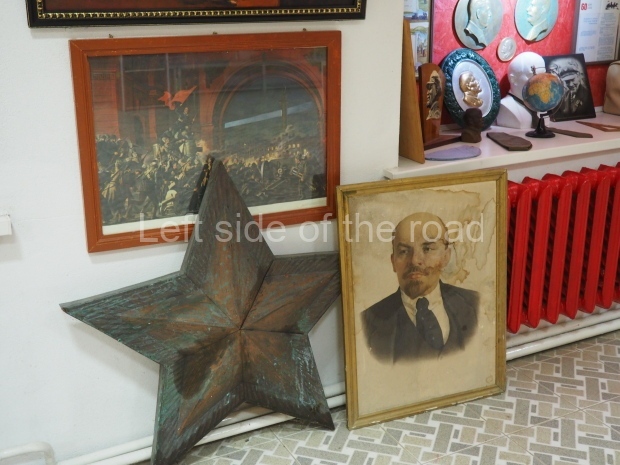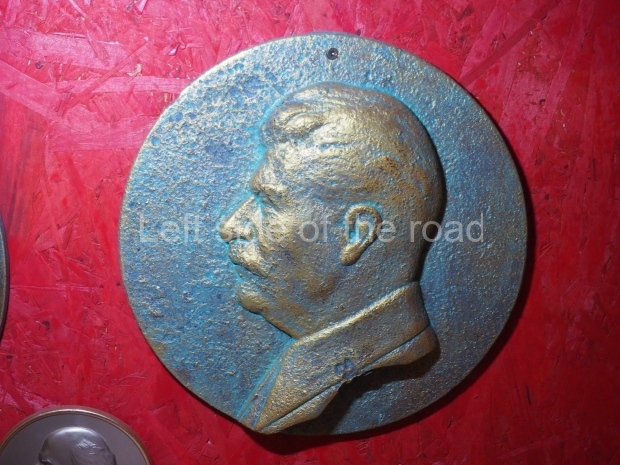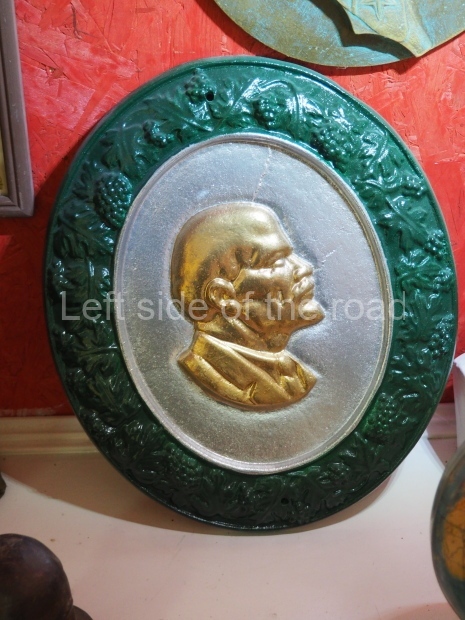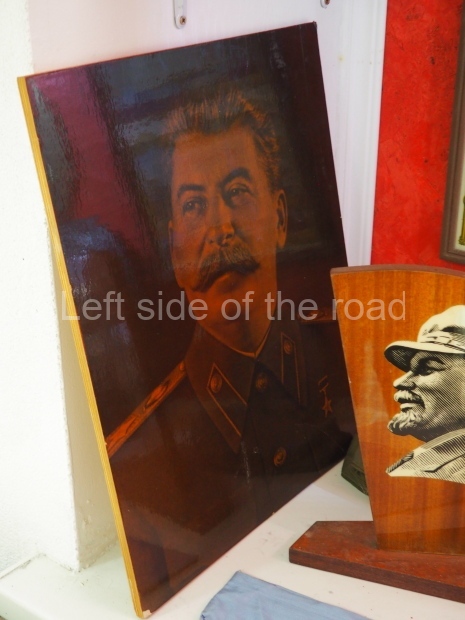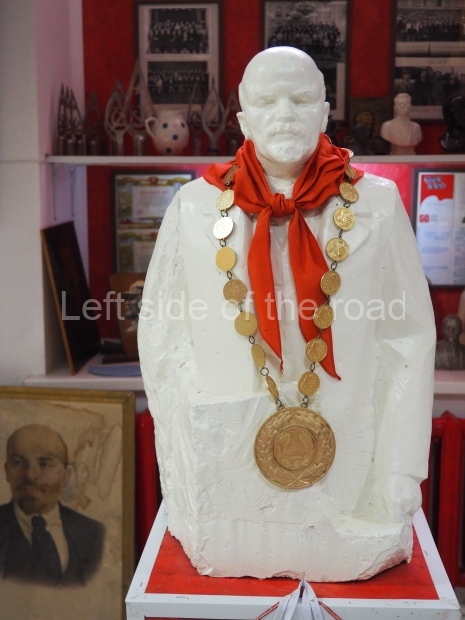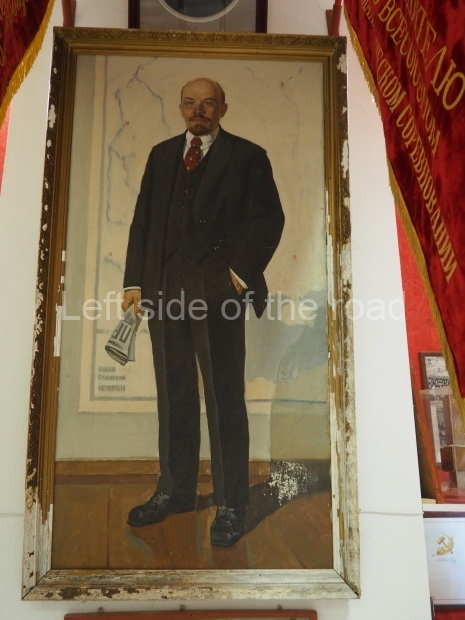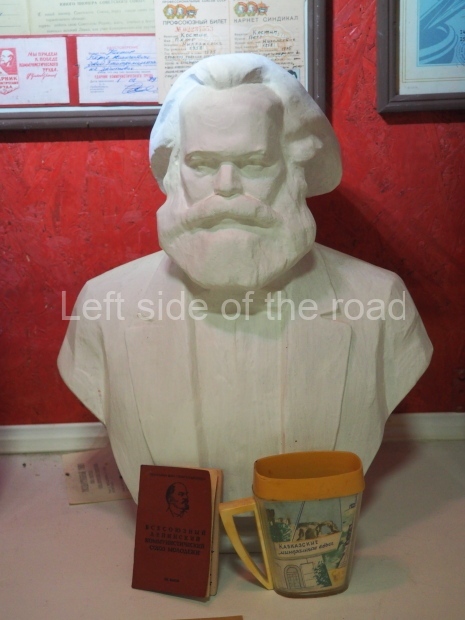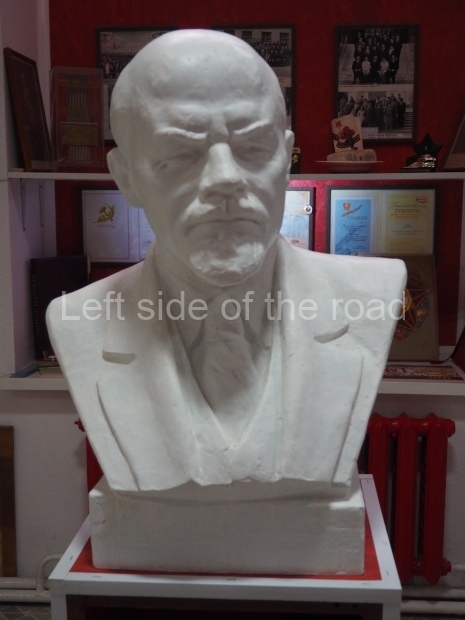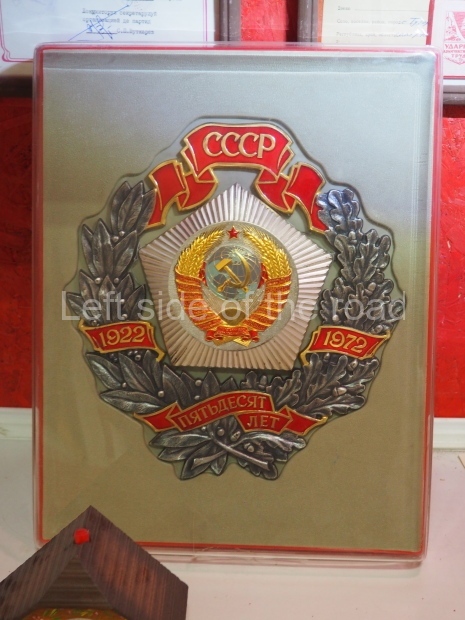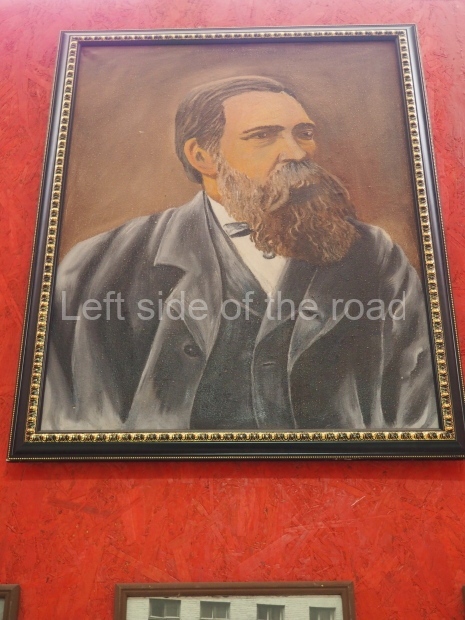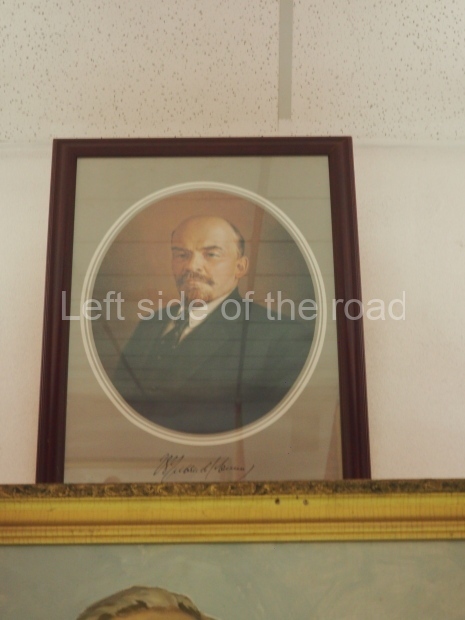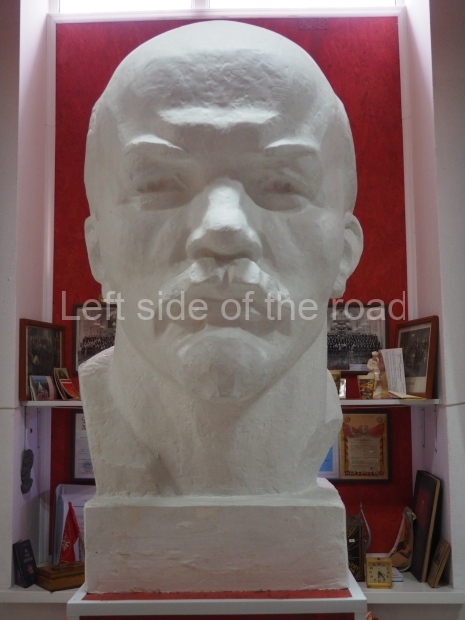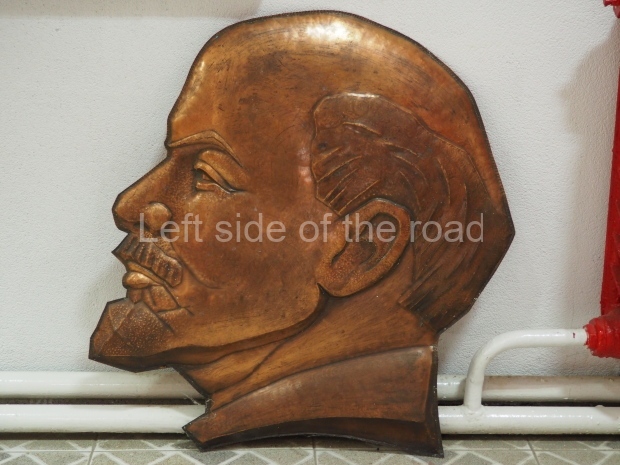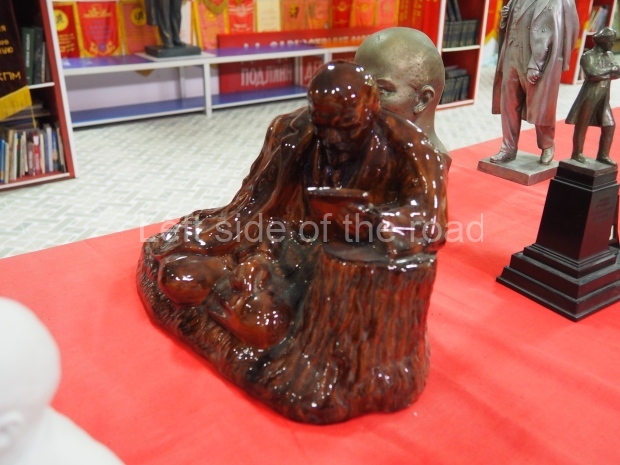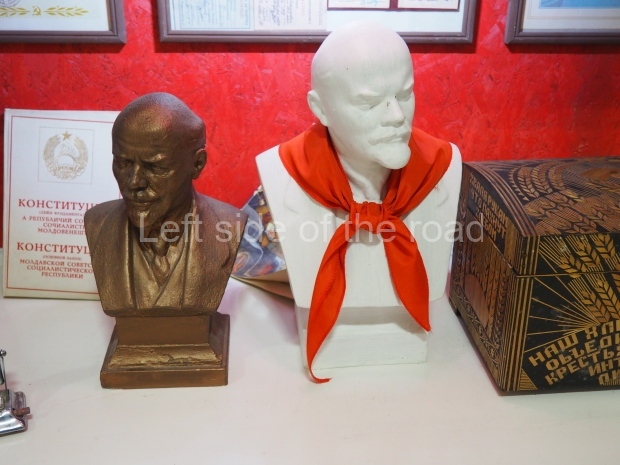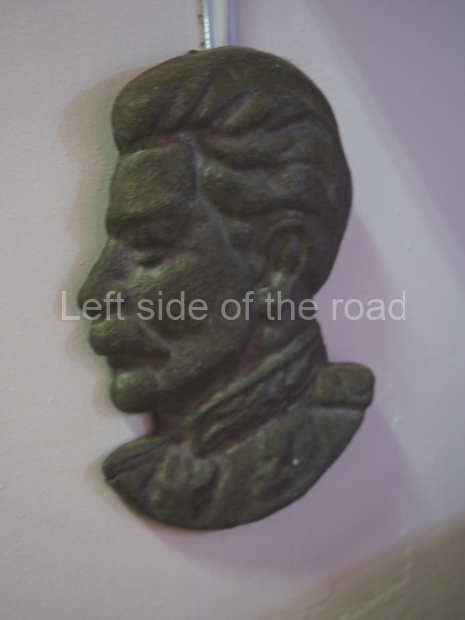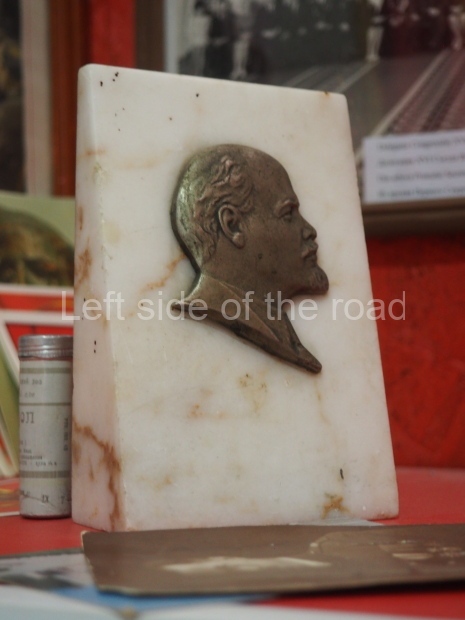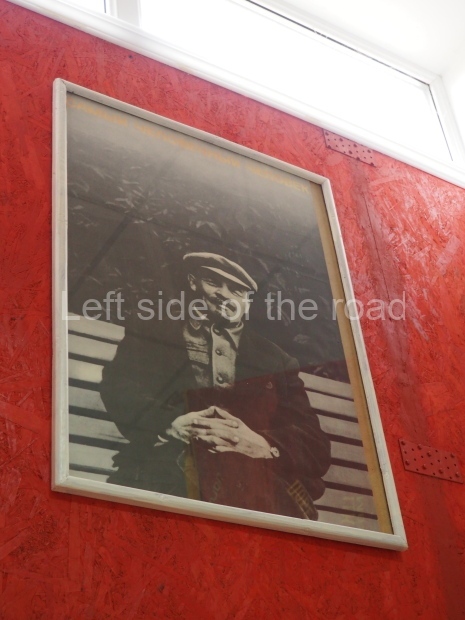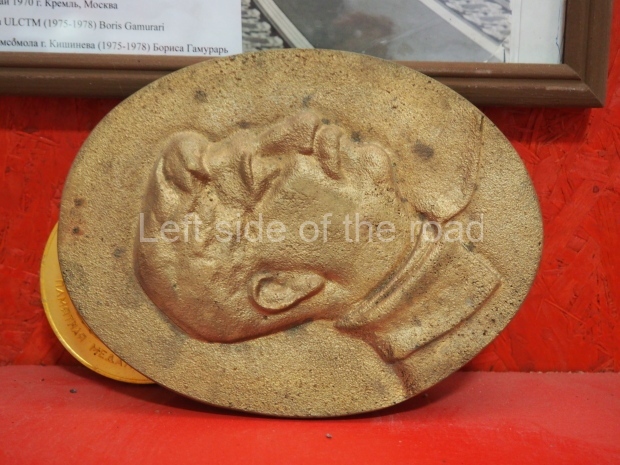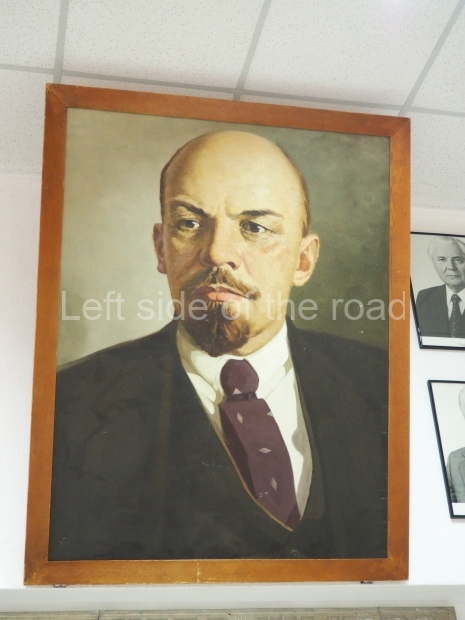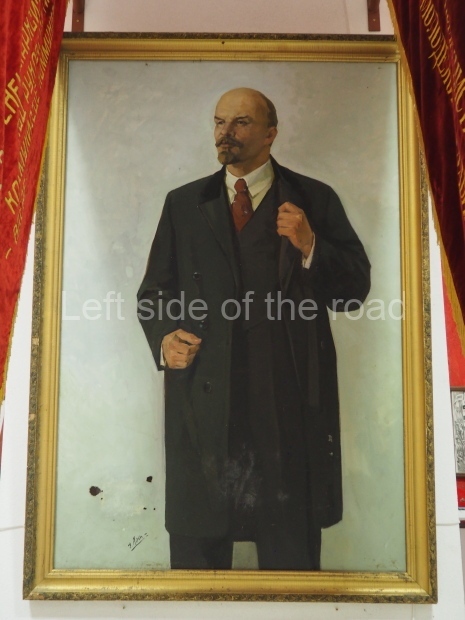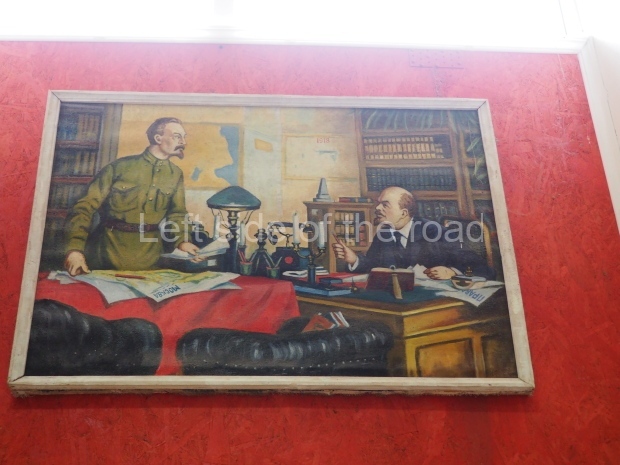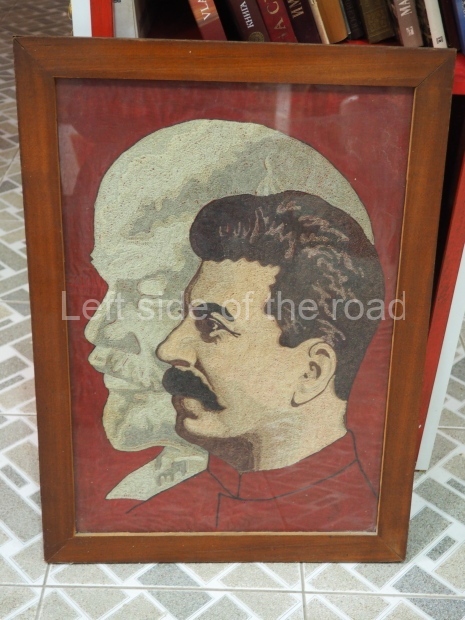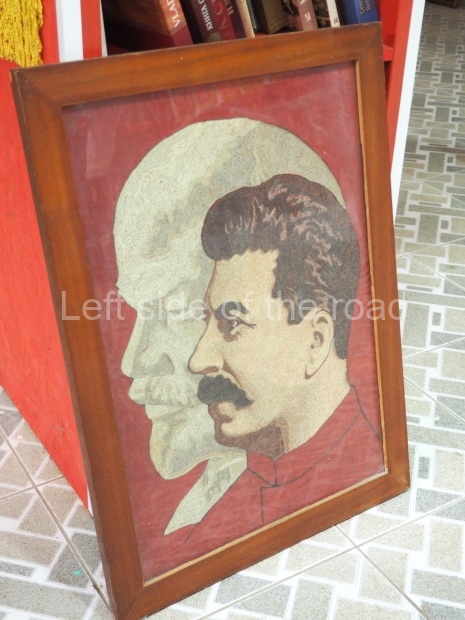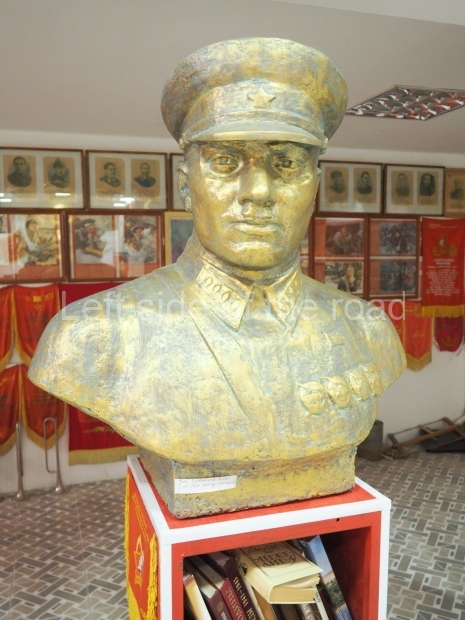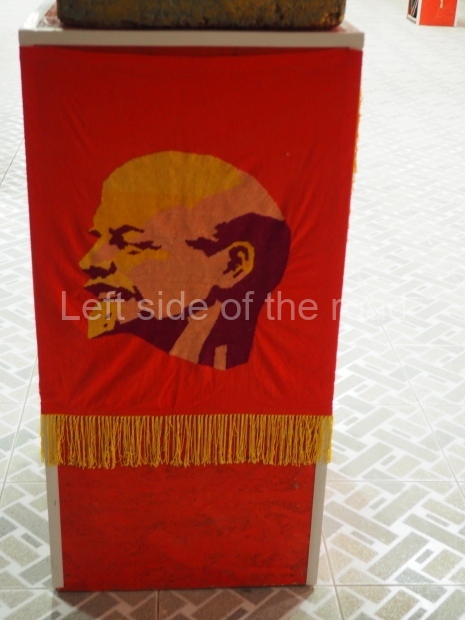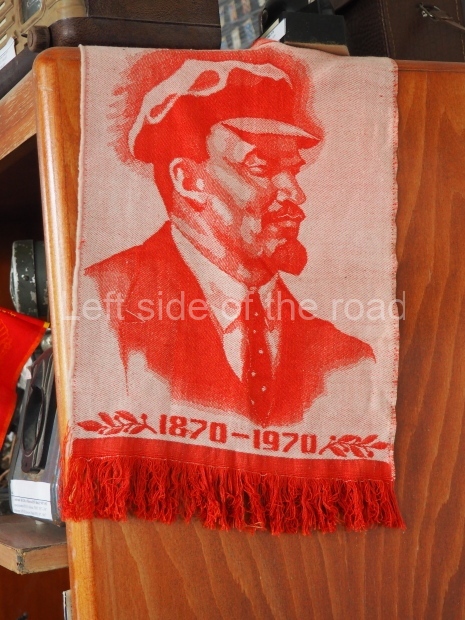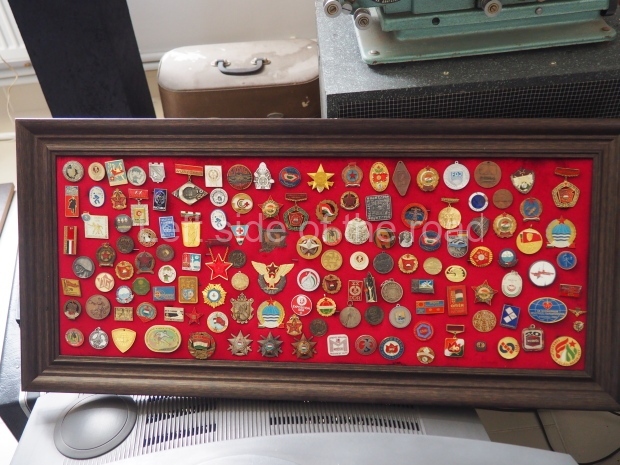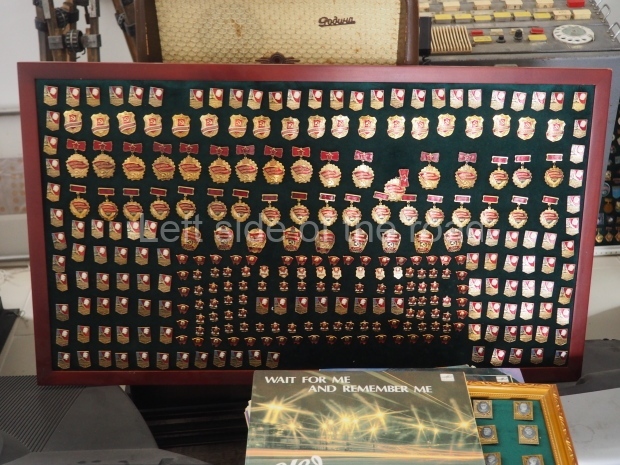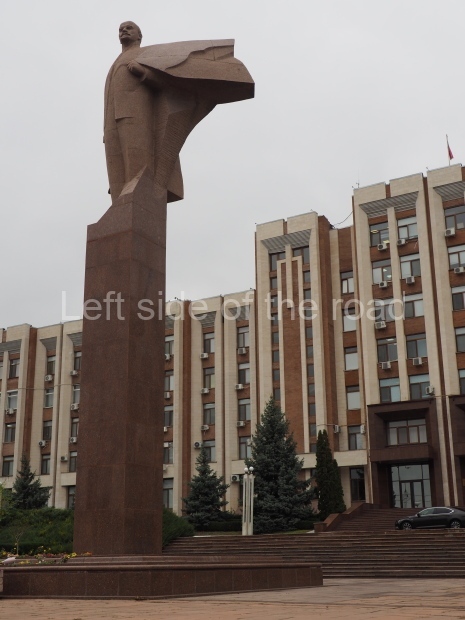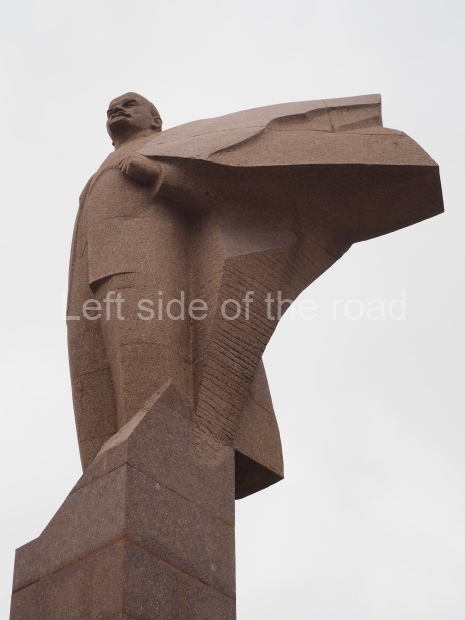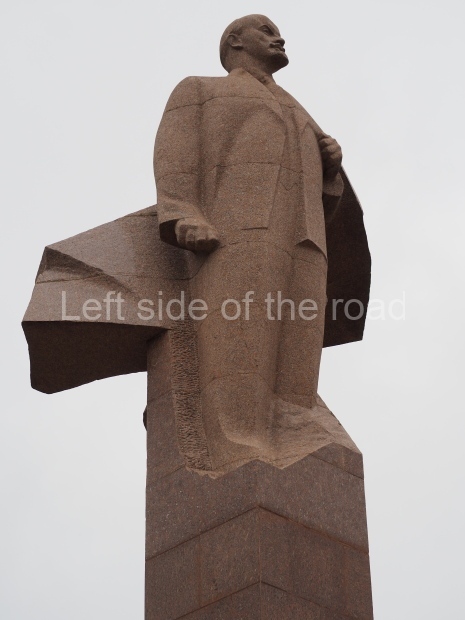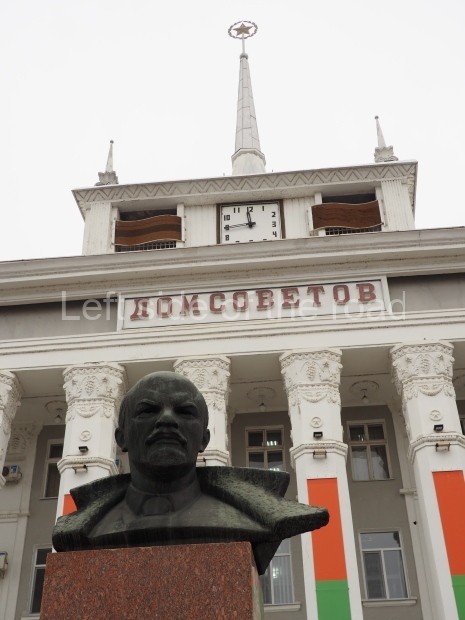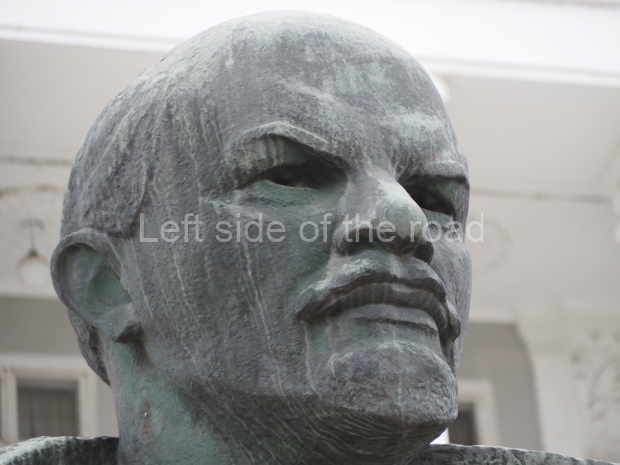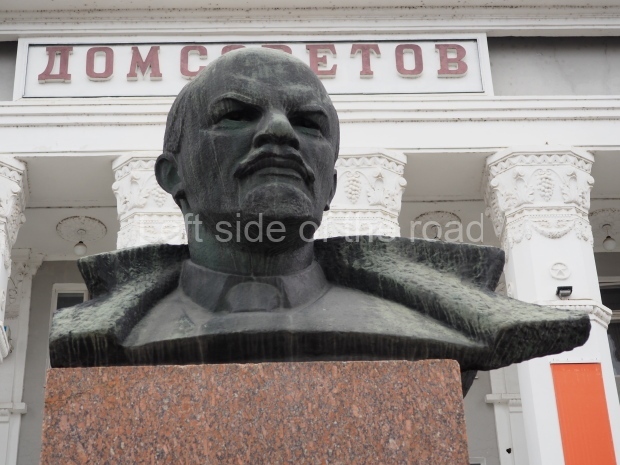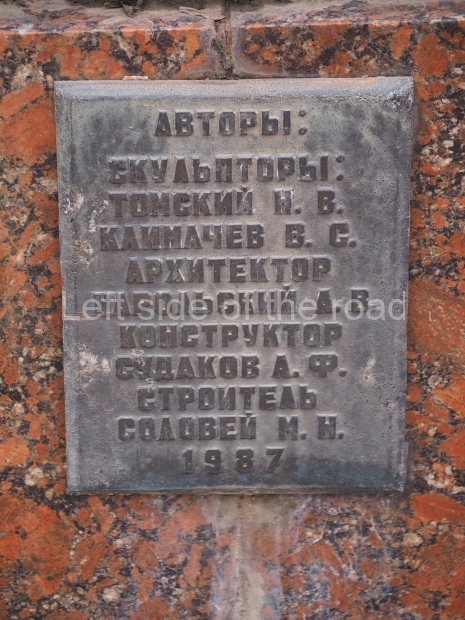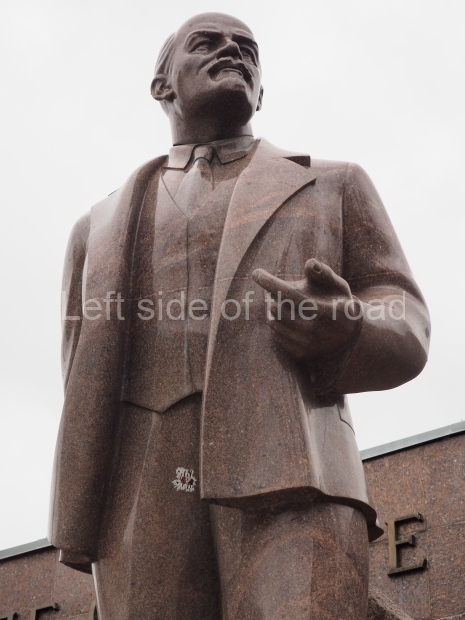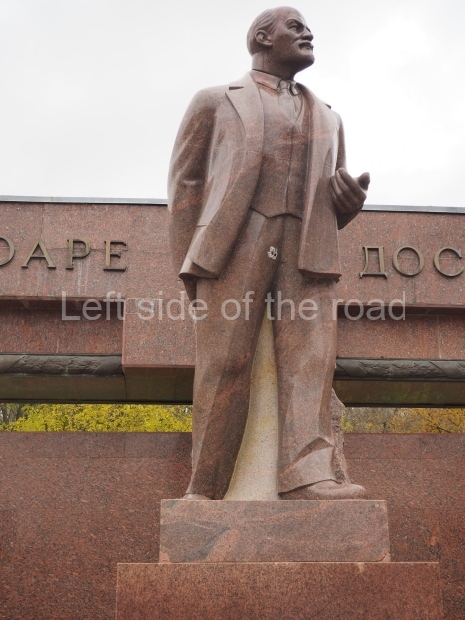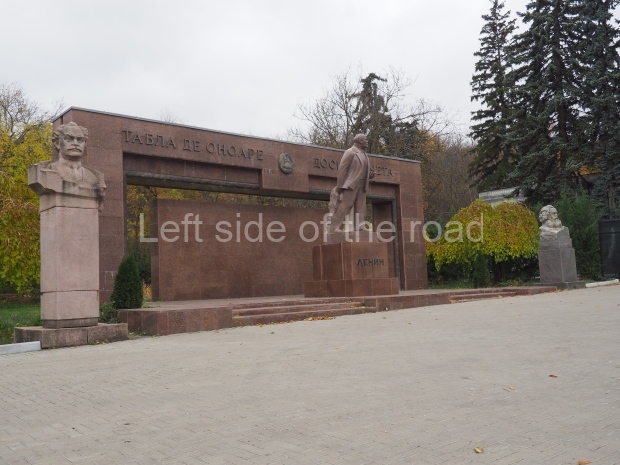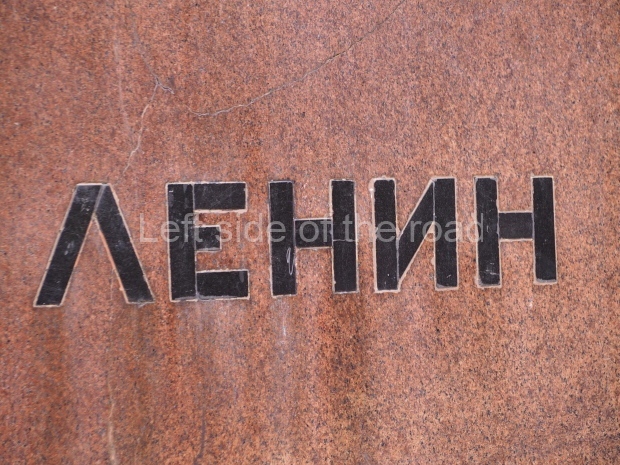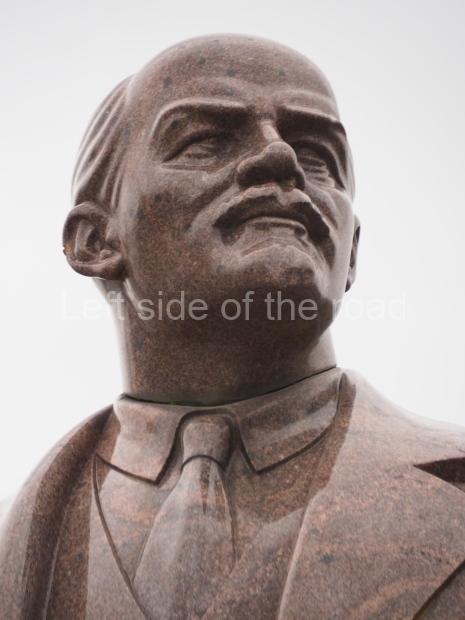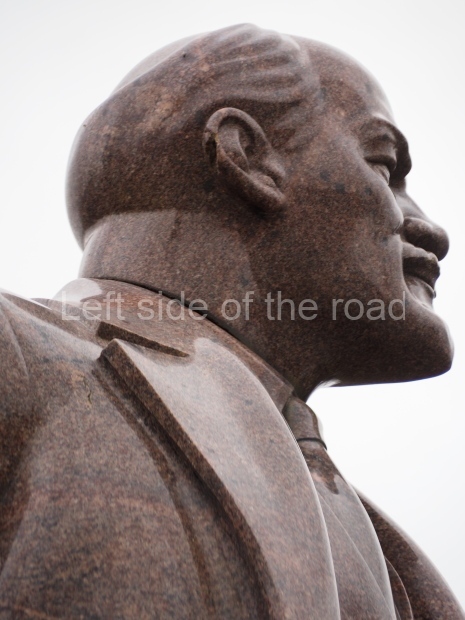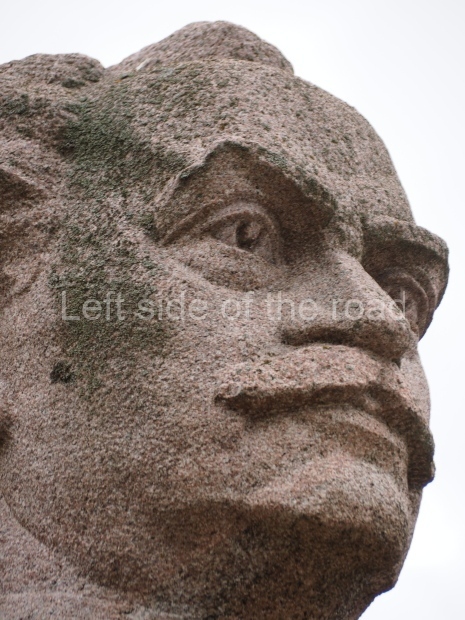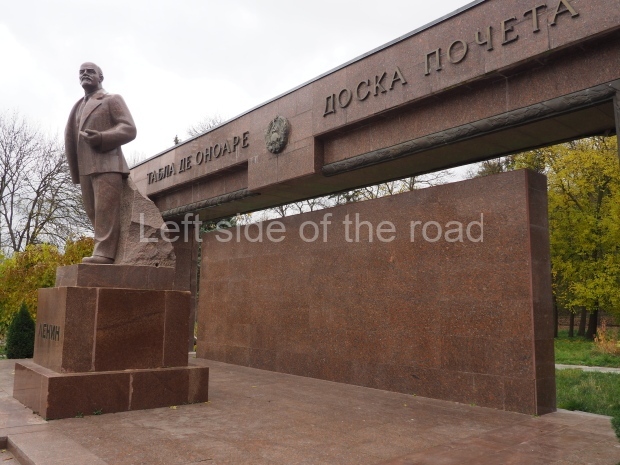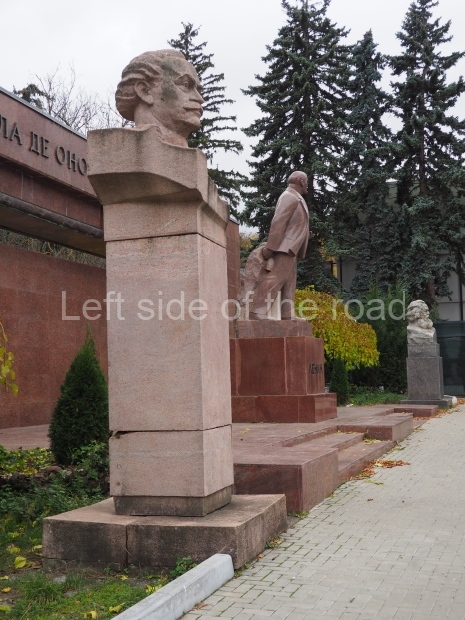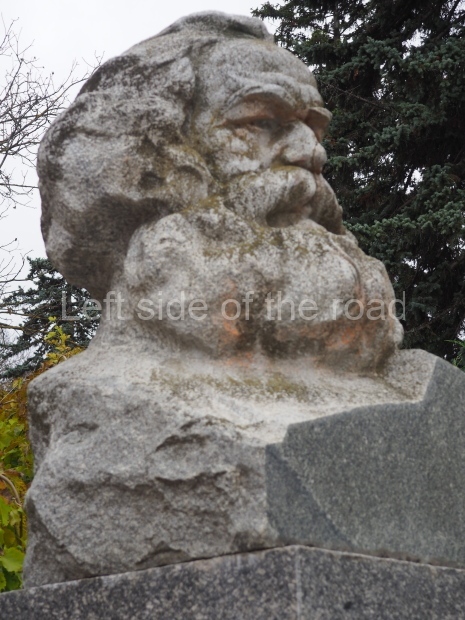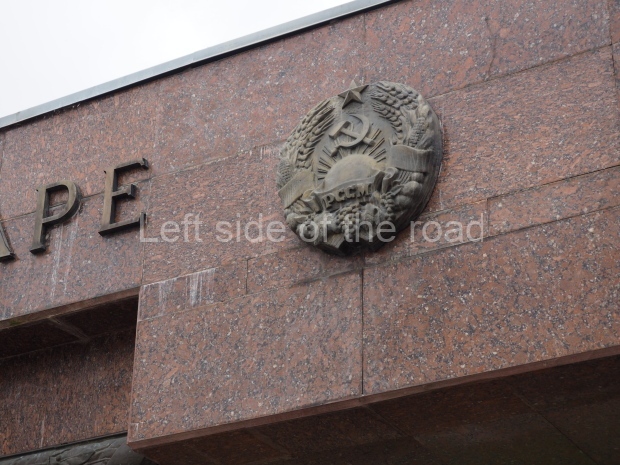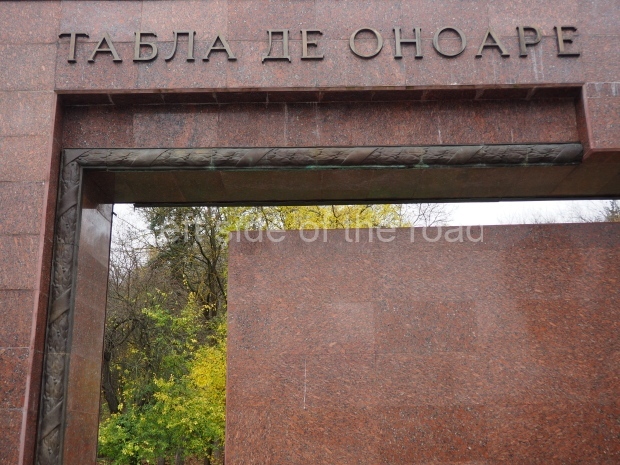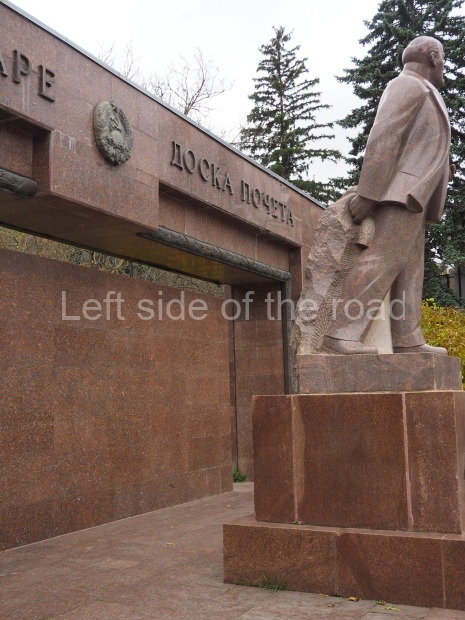Petru Costin Gallery – Ialoveni – Moldova
This gallery in a small town just on the edge of Chișinău (full official name Galeria colecțiilor Petru Costin a consiliului raional Ialoveni) is a strange place.
Housed in what was a school for special needs children before the collapse of the Soviet Union in 1991 this four story ‘museum’ is certainly unique. Petru Costin was a Romanian Customs Official and hoarder. He collected anything and everything from Moldova during the Socialist period – together with some earlier religious works.
It’s not really curated in the sense you would expect in a ‘normal’ museum which makes visiting some of the rooms overwhelming. There’s little in the way of description of most of the articles and missing dates on some items makes if difficult to recognise any development in the technology, for example, in the electrical equipment rooms.
Although there are items related to the decoration and propaganda produced in the Soviet Union, for example, many hundreds of enamel badges in one of the first floor rooms – but surprisingly no badges of VI Lenin (unless I missed them in the general chaos) – those especially interested in such material have to wait until you are taken to the very last room on the ground floor.
This would have originally have been the school’s assembly hall and is the largest single room in the building. It’s packed with statues, busts, paintings, banners, pendants and general ‘memorabilia’ from the Soviet era. Although there has been some element of organisation of the material there is so much, and so little space, that the curator just seems to have eventually given up.
That’s a shame. We know that all museums have much more material than they have on public display (I read recently an article where the V and A Museum in London is trying to make more of its collection ‘in storage’ available to the general public) but the decision in this gallery is to make everything available on show – even if it means it’s difficult to properly see and appreciate what’s there. I suppose the only solution would be more space – but that would provide its own problems.
Most museums have so much to see that you end up missing some of the most interesting items – not seeing the wood for the trees. And that’s even more the case here.
I didn’t even make a start on counting the images of VI Lenin, both in statuary and in other forms. JV Stalin makes a number of appearances followed, in number, by images of FE Dzerzhinsky, I understand both Lenin and Stalin and I can appreciate the role ‘Iron Felix’ played in the early defence of the Revolution but I have never been able to work out exactly why (amongst some of the other important Bolshevik leaders of the 1920s and 30s) he seemed to be so respected by so many of the Soviet population – even into the Revisionist period.
The slide show below aims to pick out some detail from the chaos – perhaps a second visit might be warranted to discover what I might have missed the first time.
Location;
Strada Stefan cel Mare 4, Ialoveni
Telephone;
373 (0)69294556
GPS;
46.95136 N
28.78376 E
How to get there;
Trolleybus No 36 (destination Ialoveni) heading south-east down Boulevard Stefan cel Mare in Chișinău will take you within a few minutes walk of the gallery. Get off just before the roundabout at the bottom of the very long hill. Be careful if you return to Chișinău on the no. 36. The second half of the return route is completely different from the outward and you end up close to the Triumphal Arch by the back way.
Cost is 10 leu (6 leu for Chișinău and 4 leu for Ialoveni).
The matrushka No. 35, from the Central Bus Station, will also take you there.
Website – in Romanian only;
A companion piece to the internal gallery (and well worth the effort of visiting) is the Petru Costin Open Air Museum (see the separate page on this blog for what is on display there) but this is not easy if you are dependent on public transport. One of the best options is to talk to (the English speaking) Natalia at the Gallery. She can arrange for one of the local volunteers (or a local taxi driver) to take you there, wait whilst you walk around the site and bring you back to Ialoveni. Cost around 400 leu/€20.


